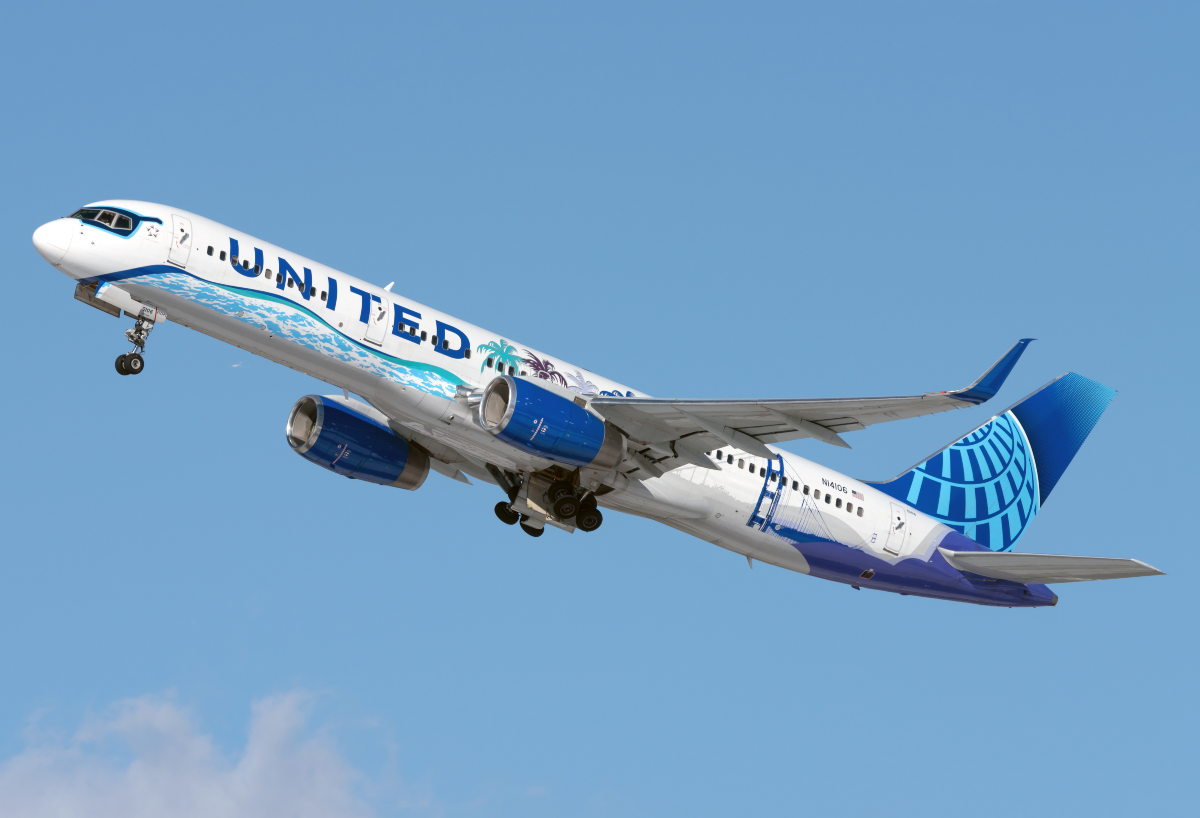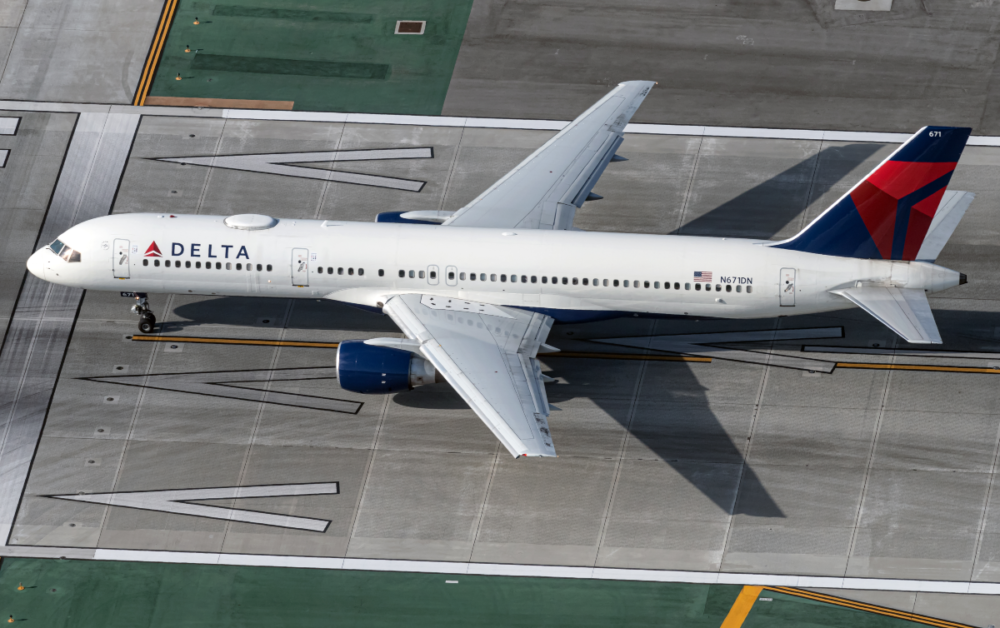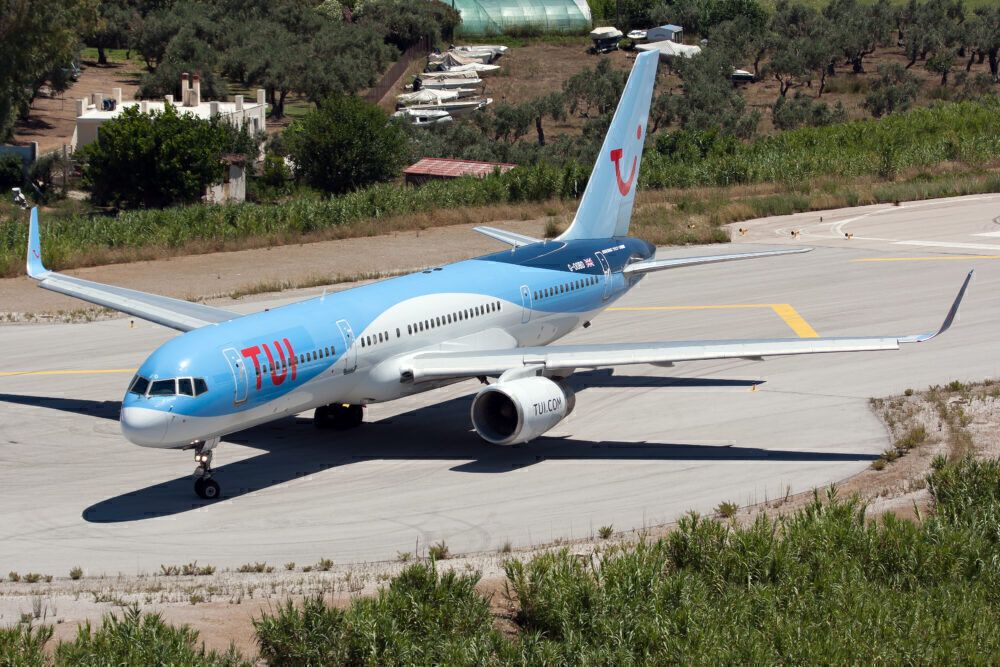The Boeing 757-200 was far and away the most popular plane in the plane builder's 757 series. Of the 1,050 Boeing 757s manufactured, 913 were 757-200s. With production ending in 2004, the Boeing 757-200 numbers are thinning, but several airlines still use the type. With this in mind, exactly how much is a Boeing 757-200 worth in 2021?
A broad variation in price for Boeing 757-200s in 2021
The going rate for a Boeing 757-200 is now US$3.58 million to $11.27 million. Let's take a look what contributes to this figure.
There remain 250 Boeing 757-200s still with passenger airlines, although around one-third are parked. The plane remains popular in the United States. Delta Air Lines still has 111 of the type, and United Airlines has 51. Combined, these two airlines operate 162 (or 65%) of the 757-200s still flying passengers.
Measured by fleet size, other Boeing 757-200 operators are Icelandair (15 jets), Azur Air (ten), Jet2 (eight), Royal Flight (four), SCAT Airlines (four), Turkmenistan Airlines (four), and AZAL Azerbaijan Airlines (three). TUI retired its final unit this month.
Keep in mind the 757-200 was produced between 1981 and 2004. List prices from that era might seem like a bargain these days. In 2002, not long before production ended, Boeing was asking around US$65 million for a fresh off the production line 757-200.
Fast forward two decades, and according to data from ch-aviation.com, which calculates the value of most aircraft with the help of Collateral Verifications LLC, the rate is between US$3.58 million and $11.27 million. This is pretty broad price range, but a range of factors will determine a final asking price on the second-hand aircraft market.
Those factors include the aircraft's airframe hours and age, engine hours, installed equipment, records and airworthiness directives, damage history, exterior presentation, and interior presentation.
A variety of factors will determine a plane's resale value
It follows that an older Boeing 757-200 is worth less than a newer 757-200. It will invariably have flown more hours. Over the long term, any aircraft loses a certain amount from its value for every hour it flies over the fleet’s average.
Also important is who the aircraft flew with. A slightly older plane that's been with an airline with a blue-chip reputation for maintenance could be more valuable than a 757-200 that's been an airline with a less than stellar reputation.
Buyers are interested in how old the engine is, how many hours the engines have operated for, and how well the engines are maintained. Old workhorse airlines like the 757 can fly on and on if an airline takes care of the engines and airframe.
Any plane with up-to-date avionics and other contemporary technology will be worth more than a comparable plane lacking them. Dodgy air conditioning, aging deicing gear, and out-of-date cockpit technology can all detract from a plane's resale value. Most good operators will have invested money in keeping older aircraft like the 757-200 up-to-date.
Buyers also like decent records, and a plane with a full set can command a price premium. Again, keeping the airworthiness certificate, engine and airframe logbooks, and flight manuals are simple procedural housekeeping for most airlines.
Among other things, complete records will reveal any incident and accident history. Like a car, an aircraft that has sustained damage is usually worth less than one that hasn't.
Freighters keep the market for 757-200s bubbling along
Finally, presentation is important. A shiny paint job and tidy cabin will always appeal more than a battered-looking plane with shabby ripped seats. The presentation may not impact on the airworthiness of the aircraft, but it certainly creates or negates a perception of value.
While the number of Boeing 757-200s flying passengers is declining, there are still ample opportunities to fly one. And the plane has a way to fly yet. As passenger airlines retire 757-200s, there is an active market among freight airlines for the type.
Just like the 757-200 ticked so many boxes for passenger airlines over the past four decades, the plane is proving a big hit among freight carriers. The demand from them is helping put a floor under the resale value of the Boeing 757-200.



